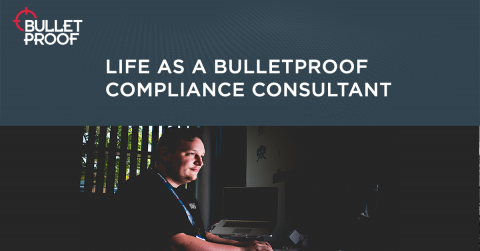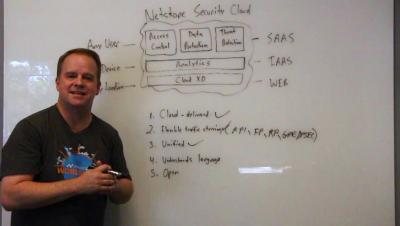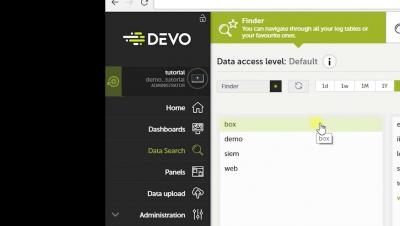Security | Threat Detection | Cyberattacks | DevSecOps | Compliance
%term
Infrastructure Modernization for Future Efficiency
So what exactly is Infrastructure Modernization? “Infrastructure Modernization” is fast becoming the new buzz-term in business IT, but since it was coined there’s been some questions as to what it really means, why it’s becoming increasingly important, and what can be done to address the challenges it raises.
Announcing: Egnyte for Gmail Integration
If Gmail is your preferred email platform, we’ve got some exciting news for you. A few months ago, we quietly released the first part of our integration with Gmail. The integration enables users to save email attachments to Egnyte without leaving their inbox. It offers a simple way to keep attachments organized, accessible and easy to share with colleagues.
Auditing Amazon Machine Images with Tripwire for DevOps
Tripwire for DevOps continues to add new features and capabilities. The newest of these is the ability to perform vulnerability scans against Amazon Machine Images (AMIs) in the same Tripwire for DevOps workflow used for your Docker containers. This blog will discuss the creation of AMIs and how to audit them for vulnerabilities within Tripwire for DevOps.
What does a compliance consultant do?
Let’s get one thing out there from the get-go. Being a Bulletproof consultant is awesome. I haven’t been coerced to say that. I mean, let’s start with that brand name. How cool is it to say I work for Bulletproof? I have several T-shirts with the logo emblazoned across the chest. Sometimes, I even wear them on a non-work day.
Smart Cloud Sessions: The Netskope Security Cloud
AlienVault Product Roundup - the Latest Updates!
September was another busy month for product development at AlienVault, an AT&T Company. We are excited that the AlienVault Agent is getting great traction with our USM Anywhere user base, and we are continuing to add feature enhancements to the Agent. You can keep up with all of our regular product releases by reading the release notes in the AlienVault Product Forum.
Monitoring Windows Machines with Devo
Clarifying the Misconceptions: Monitoring and Auditing for Container Security
An effective container security strategy consists of many parts. Organizations should first secure the build environment using secure code control along with build tools and controllers. Next, they should secure the contents of their containers using container validation, code analysis and security unit tests. Finally, they should develop a plan to protect their containers in production systems by focusing on runtime security, platform security and orchestration manager security.
Proactive System Hardening: Continuous Hardening's Coming of Age
The first article in this series examined configuration hardening—essentially looking at ports, processes and services where security configuration management (SCM) is key. The second article looked at application and version hardening strategies. This third installment will discuss the role of automation in the coming of age of what’s called “continuous hardening.”








